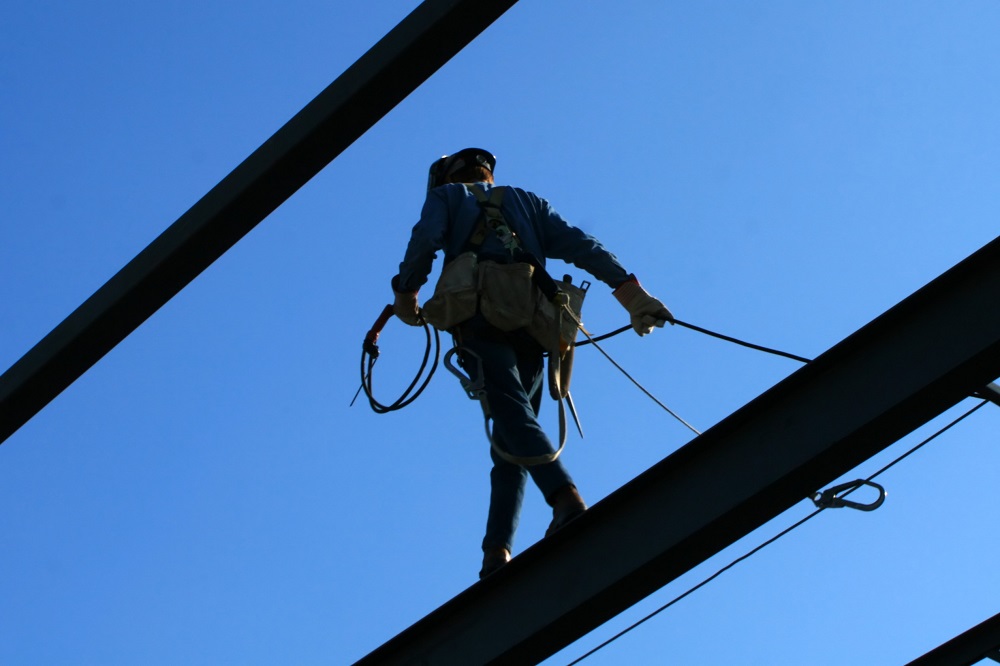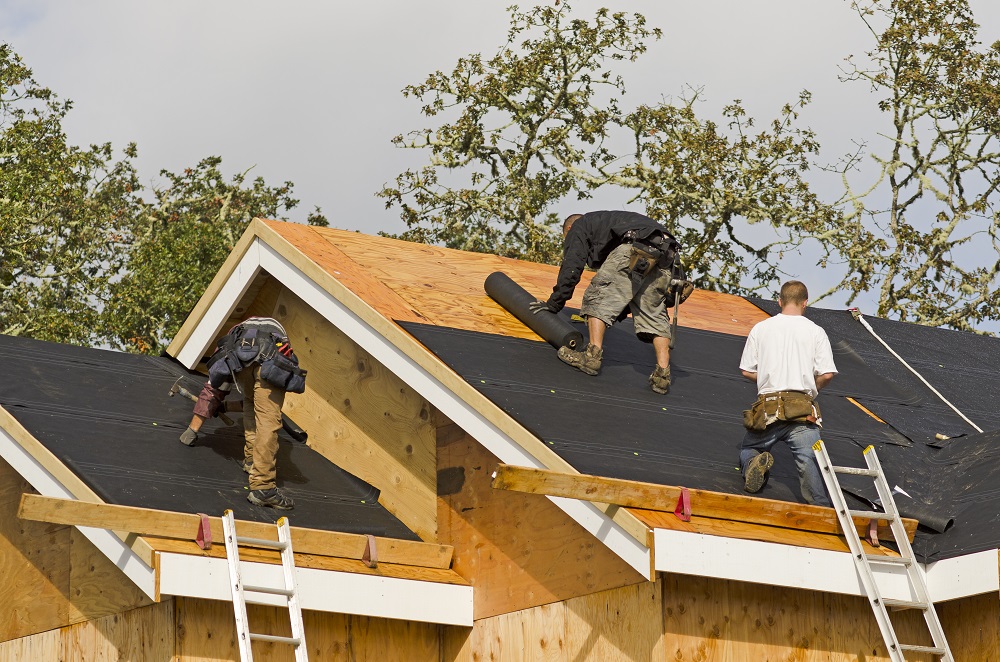How high is too high? Evolving fall protection standards
Fall prevention in residential construction has become a major campaign for the Occupational Safety and Health Administration (OSHA), for good reason. Falls cause about 50 percent of residential construction fatalities, and 80 percent of residential roofing fatalities, according to a study published in September’s American Journal of Industrial Medicine.
Regulations intended to protect these workers were called into question in August, when OSHA took the unprecedented step of formally proposing to revoke approval of Arizona’s state-run construction safety program, finding that the residential fall protection standards are insufficient. But this development is just the latest in a long progression of fall protection regulations that highlights the sometimes-conflicting viewpoints of federal and state agencies and the residential construction industry:
1994
The 1994 passage of OSHA’s fall protection standard (1926.501), required employers in construction fields to provide safety harnesses, netting or guard rails for employees working 6 feet or more above the ground. But this included an exemption for residential construction (1926.501(b)(13)). By submitting a written fall protection plan and proving that conventional fall protection systems created a greater hazard or were infeasible, an employer could request permission to implement alternative measures of protection.
The National Association of Home Builders and National Roofing Contractors Association, however, believed employers should be able to implement alternative measures without documentation, and petitioned OSHA to “reconsider how the standard would be applied to residential construction roofing activities.”
1995
In December 1995, OSHA announced it would “reevaluate what constitutes adequate fall protection for various construction operations,” and, in the meantime, implemented Interim Fall Protection Compliance Guidelines for Residential Construction. This permitted employers engaged in certain residential construction activities to use specified alternative procedures, without submitting for approval.
1999
In 1999, OSHA announced plans to cancel the exemption, and followed through on December 16, 2010, replacing the interim policy with STD 03-11-002 – which required full compliance with the fall protection standard by September 15, 2011.
2010
Adding another layer of complexity to the issue, OSHA approves state-run programs, provided they are “at least as effective as” OSHA’s fall protection program. Arizona was one such state that took that route, requiring fall protection for employees working at heights of 15 feet or more, rather than the 6-foot minimum specified by federal law. On Dec. 7, 2010, OSHA reviewed the state’s statute and determined it was subpar. The disagreement between state and federal officials continued until this August, when OSHA formally proposed rescinding its approval of Arizona’s workplace safety program for the construction industry and initiating federal standards.
2011
From Sept. 22, 2011 through March 15, 2013, OSHA instituted “temporary enforcement measures” – lightening the blow to allow employers more time to institute the changes required by STD 03-11-002, and offering free “priority” on-site compliance assistance, penalty reductions and extended abatement dates.
2014
Compliance continues to be spotty, with some contractors arguing that other measures – such as training and monitoring workers – constitute appropriate fall protection, according to the Wall Street Journal. Others claim systems like harnesses are costly, slow construction and can be bothersome for workers.
Related articles
Category: Construction, OSHA















